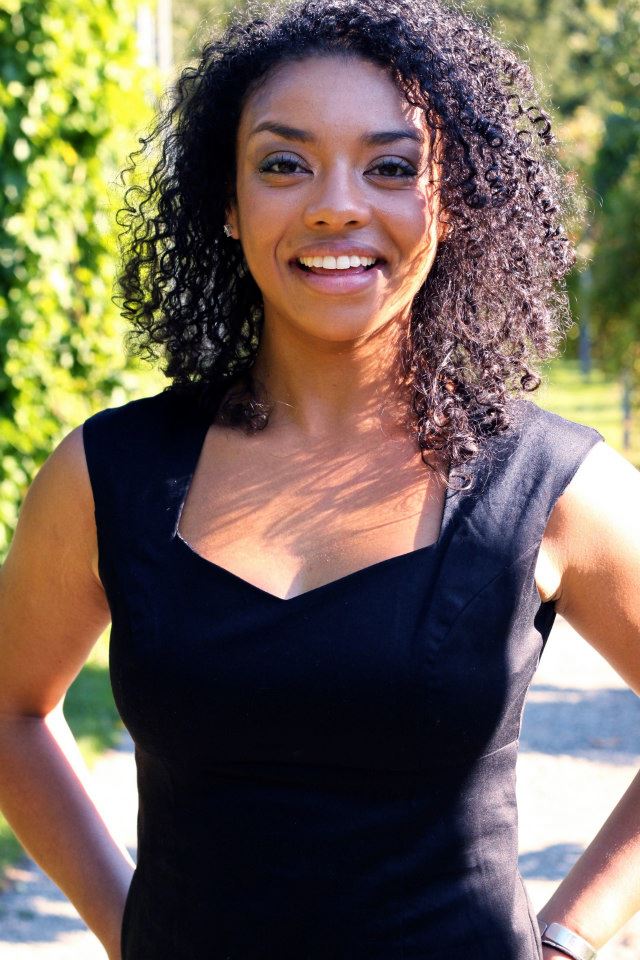This Olympian's Heartbreaking Story Reveals a Huge Inequality in Her Sport

By:
A history-making American college student will swim the 50 meter freestyle in the 2016 Rio Olympics on Friday.
Naomy Grand’Pierre, a dual citizen of the U.S. and Haiti and the daughter Haitian immigrants, is the first female swimmer to represent Haiti in the Olympics. In addition to her athletic accomplishments, Grand'Pierre is doing work outside the pool to address an longstanding inequality faced by black children in America — the lack of access to swimming pools.
Though she'll swim for the Haiti in the Summer Games, Grand'Pierre is also a member of the USA Swimming’s Diversity and Inclusion Committee, which aims to encourage minorities to swim competitively. The Atlanta native's effort to teach minority children to swim stems from her own experience.
“My mom took me to a pool party and saw me struggling in the deep end,” she told The University of Chicago's Mary Abowd. “She remembered my cousin and resolved to make sure all five of us learned to swim.”
Grand'Pierre had multiple cousins drown because they couldn't swim, and her mother wanted to make sure that didn't happen to her children.
The inability to swim is a common problem for black and Latino children in the U.S. and it disproportionately puts them at risk for drowning.
About 70 percent of black children have low swimming ability or can't swim at all, and the same goes for 60 percent of Latino children, according to the USA Swimming Foundation. By comparison, about 40 percent of white children are poor swimmers or have no swimming ability.
So why are black and Latino children learning to swim at much lower rates?
There is a deep connection between racism and access to community pools in the U.S., one of the only places where inner city or working class children are likely to be able to swim. As recently as last year, there was a high-profile incident in McKinney, Texas where a white police officer threw a black 15-year-old girl to the ground while breaking up a neighborhood pool party.
Although the community pool wasn't open to the broader public, the party was being hosted at the neighborhood pool by a McKinney resident who had access to it, according to The Washington Post.
Originally community pools in the inner cities were built for both black and white poor people, but even then they were built in predominantly white immigrant neighborhoods. Then, in the 20s and 30s, they started to become segregated, and black Americans's access to pools became greatly restricted, according to NPR.
Jeff Wiltse, the author of "Contested Waters: A Social History of Swimming Pools in America," told NPR that white swimming pools were violently guarded from black swimmers. "They were punched to the ground. They were kicked on the ground," he said on NPR. "In my book, I have some pictures of black Americans who literally sort of lie still on the ground with bloody heads from being pummeled to the ground, just for trying to access a swimming pool."
When the federal government desegregated pools in the 40s and 50s, white people stopped swimming in them, pools closed, and the quality of public pools declined.
"As a result of that pattern of discrimination, swimming did not really become a significant part of sort of black culture," said Wiltse to NPR. "And thus when black voters began to gain increasing political power, especially during the 1960s and the 1970s, swimming facilities were not high on their priority list because it was not a significant part of sort of the recreation culture within black communities."
Between the ages of 5 and 19, black children drown in swimming pools at five times the rate of white children, according to the Centers for Disease Control.
